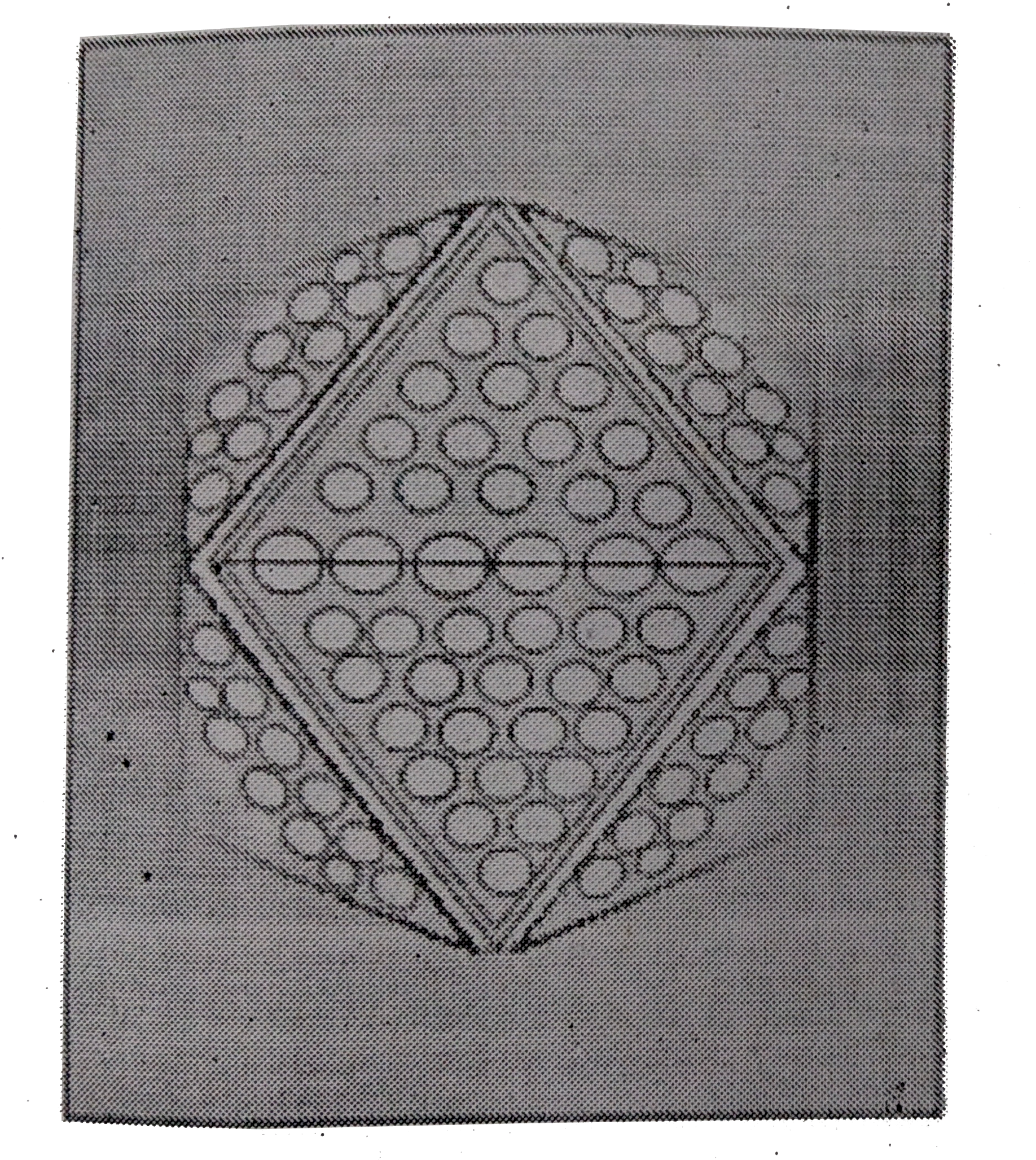Adenovirus has shape
Rod like
Tadpole like
Polyhedral
Brick like
The correct Answer is:C
Step-by-Step Solution:
1. Understanding the Virus: Adenoviruses are a group of common viruses that can cause infections in humans, often leading to cold-like symptoms.
2. Identifying Genetic Material: The genetic material of adenoviruses is composed of double-stranded DNA. This is important as it distinguishes them from other viruses that may have RNA as their genetic material.
3. Analyzing the Shape: The shape of adenoviruses is characterized as icosahedral. This means that the virus has a symmetrical structure with 20 triangular faces.
4. Describing the Structure: In the icosahedral shape, each triangular face contributes to the overall polyhedral structure. The term "polyhedral" indicates that the virus has many surfaces.
5. Conclusion: Therefore, the shape of adenovirus can be described as icosahedral, which is a type of polyhedral shape.
Final Answer: The shape of adenovirus is icosahedral.
---
Similar Questions
Knowledge Check
- Question 1 - Select One
Diagram of Adenovirus

Choose the correct for the given diagramABacteriophage - Tobacco mosaic diseaseBAdenovirus - Cause of respiratory diseaseCViroid - Potato spindle tumor diseaseDPrion - Alzheimer's disease - Question 2 - Select One
Which of the following has a shape different from others ?
A[Zn(NH3)4]2+BNi(CO)4C[Cd(CN)4]2−D[Cu(NH3)4]2+ - Question 3 - Select One
Which of the following has H-shaped grey matter ?
ACerebrumBmedulla oblongataCcerebellumDSpinal cord
Cell forming body of Amoeba has an ever changing shape.
View SolutionWhich of the following has a shape different from others?
View SolutionA shuttle cock used for playing badminton has the shape of the combintion of
View SolutionWhich of the following formed element has S shape nucleus ?
View SolutionWhich of the statement are true?
I.H2O molecule has V shape with two lone pairs of electrons II.SF4 molecules has see saw shape with one lone pair of electrons III.CIF3 is T shaped molecules with two lone pairs of electronsView Solution

